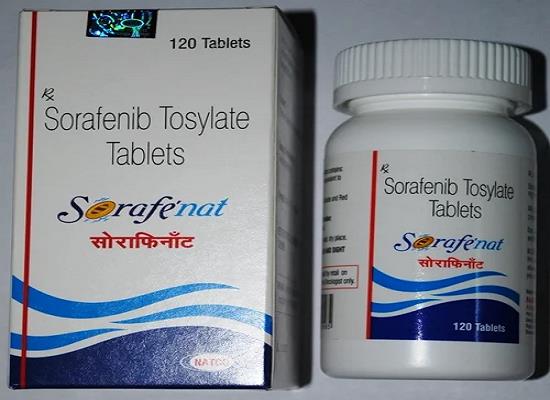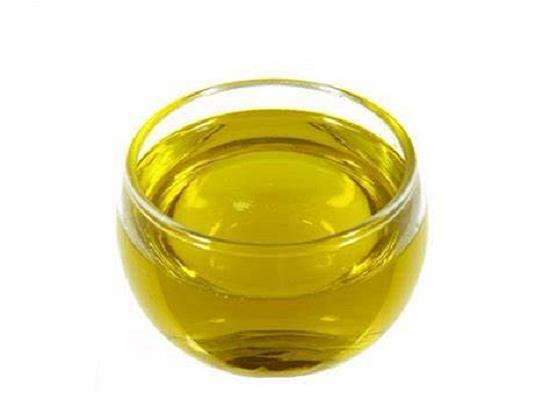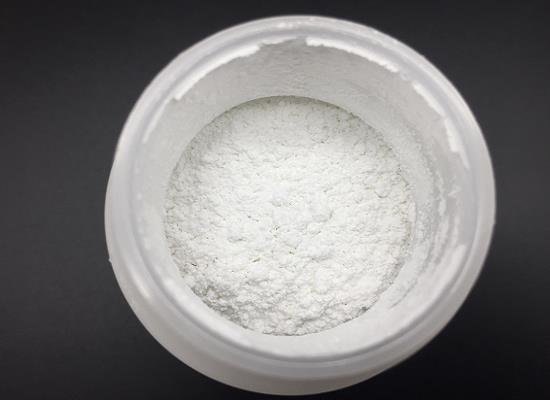Active Pharmaceutical Ingredients (API), popularly speaking, are the raw materials of medicines, only pharmaceutical raw materials are processed into pharmaceutical preparations , can they become medicines available for clinical use, so drugs we usually eat are the finished drugs through processing. Active Pharmaceutical Ingredients based on its sources can be divided into two major categories ,including chemical synthetic drugs and natural chemical drugs. Chemical synthetic drugs can be divided into organic synthetic drugs and inorganic synthetic drugs. Inorganic synthetic drugs are inorganic compounds ( very few is element), such as aluminum hydroxide, magnesium trisilicate which are used for the treatment of gastric and duodenal ulcers ; organic synthetic drugs are mainly composed of drugs made by basic organic chemical raw materials, through a series of organic chemical reactions (such as aspirin, chloramphenicol, caffeine, etc.). Natural chemical drugs ,based on its sources,can be divided into two categories including biochemical drugs and plant chemical drugs. Antibiotics are generally made by the microbial fermentation, which belongs to the biochemistry category. A variety of semi-synthetic antibiotics occurs in recent years,which are biosynthesis and chemical synthesis combining products.Among active Pharmaceutical Ingredients, the organic synthetic drugs varieties, yields and values have the largest proportion,which are the main pillars of the chemical and pharmaceutical industries. The quality of active Pharmaceutical Ingredients decides whether the formulation is good or bad , so its quality standards are very strict ,countries in the world have developed national pharmacopoeia standards and strict quality control methods for its widely used active Pharmaceutical ingredients.
4-Chloro-7H-pyrrolo[2,3-d]pyrimidine: properties, applications and safety
4-Chloro-7H-pyrrolo[2,3-d]pyrimidine is a versatile compound used in pharmaceutical synthesis with potential applications in disease treatment.
Oct 10,2023 APIN,N-Dimethylbenzylamine: applications and safety
N,N-Dimethylbenzylamine is a versatile compound used in epoxy resin production, enhancing its properties and serving as an efficient organocatalyst, but poses health and environmental risks.
Oct 10,2023 APISorafenib tosylate: mechanism of action, clinical applications and safety
Sorafenib tosylate inhibits tumor angiogenesis, targeting cell proliferation and angiogenesis pathways. It shows promise as a targeted therapy for advanced cancers.
Oct 9,2023 APIThe current research on Mertansine
Mertansine, a maytansine derivative, is always used to prepare antibody-drug conjugates.
Oct 9,2023 APIL-Arabinose: metabolism in plants and function
L-Arabinose is a crucial sugar in plant metabolism, playing a role in cell wall flexibility and abiotic stress tolerance.
Oct 9,2023 APIA off-label used drug: Gabapentin
Gabapentin is a widely prescribed medication used primarily for the treatment of epilepsy and neuropathic pain.
Oct 8,2023 APIEthyl propiolate: properties, applications as analytical reagent and safety
Ethyl propiolate is a versatile derivatizing agent for thiols, used in chemical and biological research, as well as an analytical reagent for thiol determination.
Oct 8,2023 APIPaliperidone: pharmacokinetics and activities in animal models of schizophrenia
Paliperidone is an antipsychotic with complex pharmacokinetics, showing efficacy in treating psychiatric disorders and potential for preventing schizophrenia-like behavior.
Oct 8,2023 APIWhat is Chloral hydrate?
Chloral hydrate is always used as a hypnotic and sedative agent. However, due to its toxicity and side effects, Dexmedetomidine is being considered as a suitable alternative.
Oct 7,2023 APILeuprorelin: pharmacokinetics, clinical applications and safety
Leuprorelin is a parenterally administered medication with high bioavailability, used for various clinical applications and associated with changes in sex hormone levels.
Oct 7,2023 API












